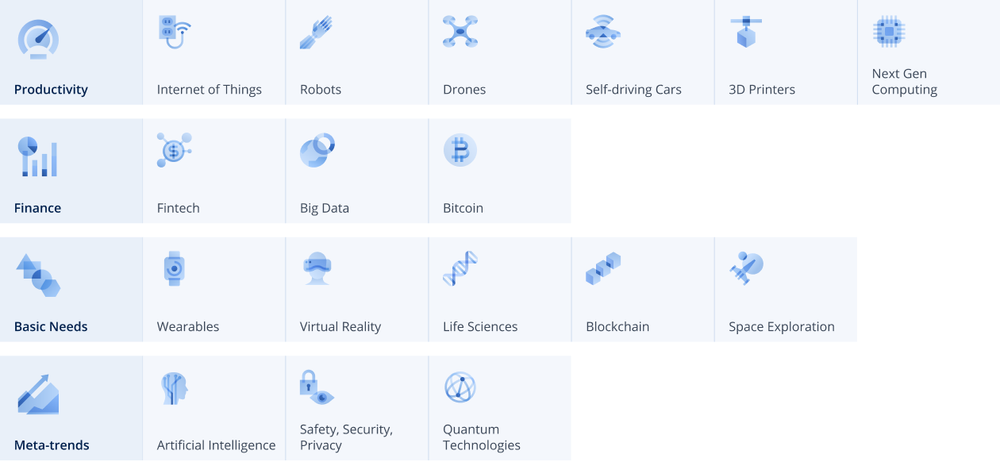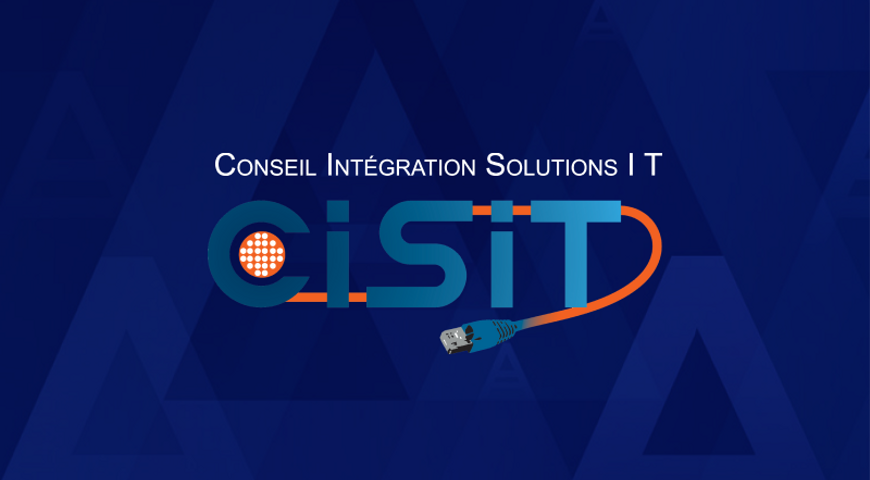According to IDC survey research there are two inextricably intertwined statistics that are driving a fundamental change in how enterprise IT operations are organized and functioning.
Practically every aspect of the modern world is driven by data and our reliance on digital assets will only increase in the future.

About Acronis
A Swiss company founded in Singapore in 2003, Acronis has 15 offices worldwide and employees in 50+ countries. Acronis Cyber Protect Cloud is available in 26 languages in 150 countries and is used by over 21,000 service providers to protect over 750,000 businesses.



